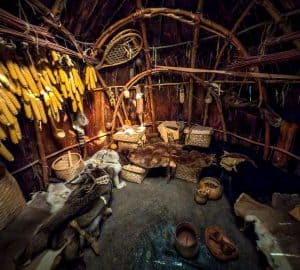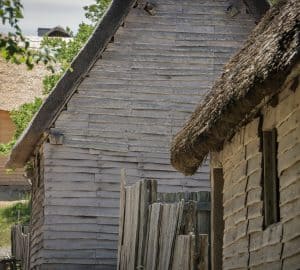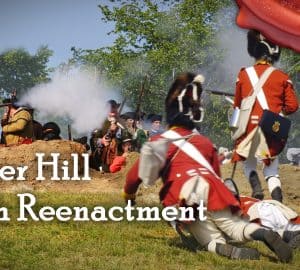After the great tornadoes which struck Omaha 100 years ago, the United States was soon struck again with more natural disasters. The storm that caused the great tornadoes in Omaha encountered two other weather fronts, causing record-breaking rainfall. The ground was already soaked with rain from other storms, so when 8-11 inches of rain quickly fell, little of the water soaked into the ground. Instead it ran off into the streams and rivers, and the deluge of water caused them to quickly overflow.
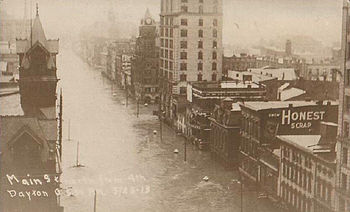
Cities were often founded along rivers, as they were avenues for travel and commerce. Dayton, Ohio was no exception. It was built where three tributaries flowed into the Great Miami River. On March 24, 1913, after the heavy rains, the river quickly rose. Early on the morning of March 25 the police were informed that the levees were nearly breaking, and it wasn’t long before the water began rushing over at 100,000 cubic feet per second. The city was built on the river’s floodplain, so the water came through the streets of the downtown business district and quickly rose. Derbies had been allowed to pile up in the water under the city’s bridges. This restricted the flow of water and creating dams which held back the flood waters and diverted them into the town.
Footage of the 1913 flood
The water appeared on Main Street at 9 am, and within an hour it was three feet deep. By 1 pm it was ten feet deep. Half of the city was flooded. Millions of dollars worth of property was destroyed, and thousands of people were marooned in their houses. In many places the water flowed too fast to allow a chance to swim. The boats in the town were all in use, though many had capsized because of the flood. People escaped as best they could, some even walking across the telephone lines. The situation was made even worse by fires caused by open gas lines. They engulfed several blocks, forcing the inhabitants to try to flee across the roofs of the houses.
Nature on the night of Sunday, March 23, 1913 and the week following proved to modern men that they still are pigmies. Thousands of lives were taken and millions of property destroyed in a few short hours and for days homes were beneath the muddy waters from deforested hills. Never before was the United States so smitten by a calamity, nor one so wide spread as that which began on Monday of the fatal week.1
Dayton wasn’t the only city effected by the water. Twenty others were flooded, but it was by far the worst. Many people were stranded and without drinking water for over two days. The governor called up the National Guard, but it took them days to arrive because of the flooding. Instead, locals rose to the occasion when they could. John Patterson owned the National Cash Register Company, which had a large number of employees and even their own water systems. His workers built 500 boats to rescue those stranded, and the company offices were turned into an emergency shelter, providing lodging and medical care and distributing thousands of meals.
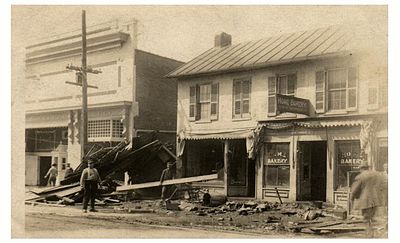
The water peaked at 20 feet deep in downtown at 1:30 am on March 26. When the flood receded, it left much destruction in its wake. 360 people had died. Business was brought completely to a standstill. There were shortages of food, and 65,000 were displaced, dependent on charity. 20,000 homes were destroyed, some buildings were even moved off their foundations by the force of the current. The damage to property ran to $100 million, or $2 billion in modern dollars. It took a year for the town rebuild, but the economic impacts were felt even longer. A book written not long after said this:
We are very busy now putting our city in good working order and succeeding remarkably well, but when a moment comes for quiet thought we wonder in a dazed sort of way, what protecting Power saved our lives, numbering so many thousand, for a horrible death. And since we knelt at our mother’s knee, until we gave up hope of life on that terrible night, we had perhaps forgotten to pray.
If the mad waters have taught us a becoming humility, and that human intelligence is but microscopic as compared to the All Wise Creator of us all, it may be yet a blessing in disguise.2

1. Tragic Story of America’s Greatest Disaster by Marshall Everett (Chicago, Illinois: J. S. Ziegler Company, 1913) p. 25.


